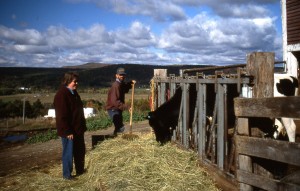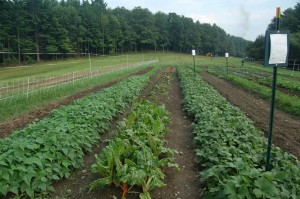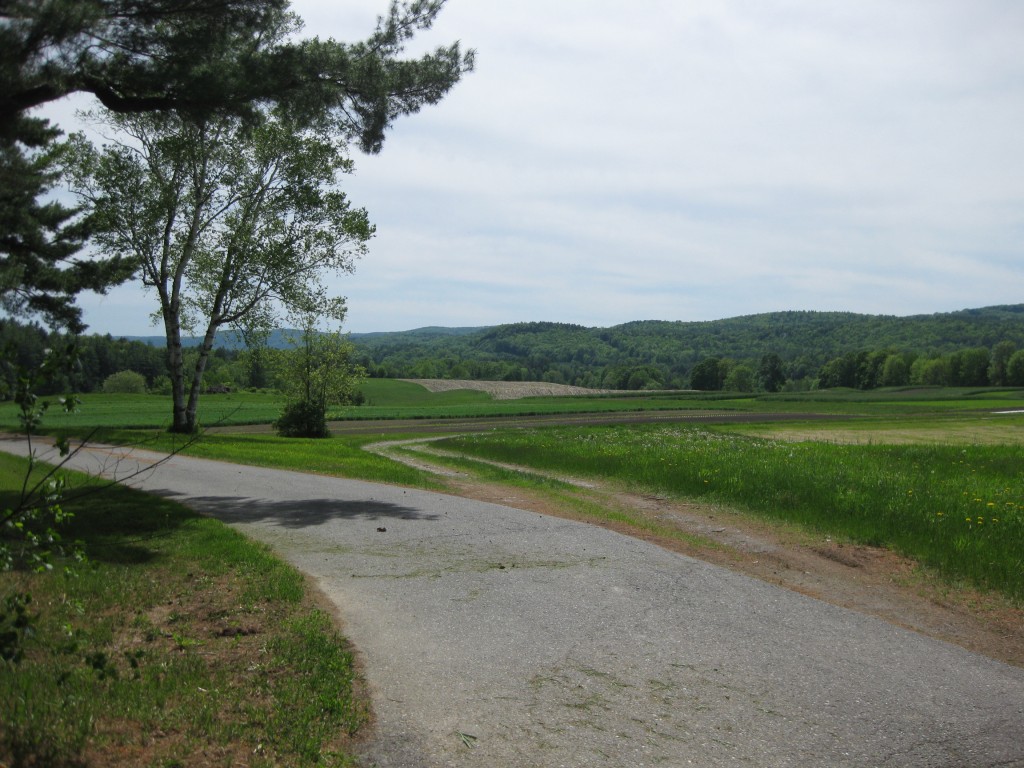Local Food Makes a Big Difference
May 31, 2013
James Thaxton, Project Manager
As I pick up my CSA share and think ahead to the Annual Meeting where we’ll be eating a sampling of meat and greens from local area farms I can’t help but feel optimistic .
Recently I heard someone describe New England as the “epicenter†of the local food movement. Looking around the Upper Valley, there certainly seems to be ample evidence of this shift towards more community based agriculture and sustainable farming operations. Regrettably, our national government still appears fixated on supporting the large, industrial agricultural operations while overlooking the smaller farms that characterize our region.
Fortunately, the Upper Valley abounds with private organizations, non-profits, and state programs that serve both farmers and consumers to make sure that our local community-based farms have an opportunity to flourish in the fair market. Maybe this is why new farms keep popping up in our area and older farms are continually revitalized by new owners or new investment.
Take for example Vital Communities, the award winning non-profit based right here in White River Junction. In 2004, recognizing the need to connect farmers with customers it started the Valley Food and Farm Guide, which currently lists 37 different famers markets in our region, 68 different Community Supported Agriculture (CSA) operations and over 230 local farms. Their website also includes links for farm to cafeteria programs, farmstands and pick-your-own operations. You can search for grocers and restaurants, sign up for educational programs or even check out vacations and retreats.
Another recently touted local program helping to make the community-based farm movement grow is the State of Vermont’s Farm to Plate Network launched in the fall of 2011. It brings together over 200 organizations, including food system businesses, nonprofits, government agencies, educational institutions, capital providers and community groups. As Vermont Secretary of Agriculture Chuck Ross has pointed out, “there is no doubt that Vermont’s community based food system is growing; production is diversifying and our value-added products are deepening our reputation for quality in the national and international market place.â€
Over the years working here at the Upper Valley Land Trust I have personally had many opportunities to see firsthand the enthusiasm local farmers have about doing business in our region. Even though profit margins are razor thin, and any number of problems can come up at any moment, they still trust that their communities will support them and they can find a way to make their farm a success.   Needless to say, I am always happy when UVLT can be even a small part of that success, either by securing grant funding to conserve their property or through our stewardship program making sure that farmland will always be available for future generations of farmers.
For instance, our efforts to conserve the Richardson Farm in Hartland and the Foulk Farm in Claremont are moving forward (see story) and UVLT is currently initiating new applications for farmland conservation in Orford, Lyme, Cornish and Plainfield.
If New England is a leader in the local food movement, it is in no small part thanks to the contributions and innovations coming out of the Upper Valley. So when we go to the local farmers market, when we stop by the farmstand, or we order the local dish at our favorite restaurant, we may just be giving the rest of the nation the example it needs to actually fix our broken national food system.




